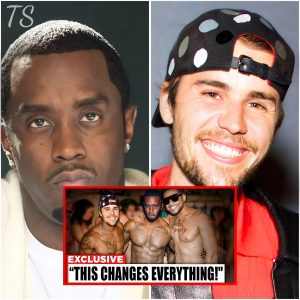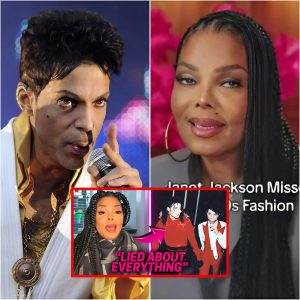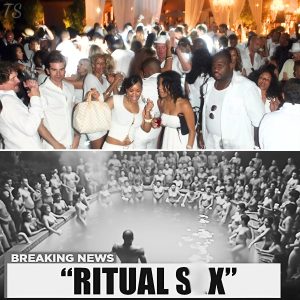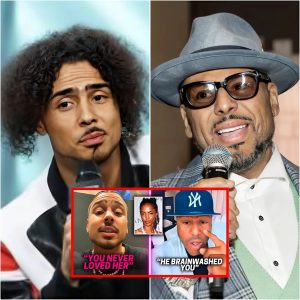In the world of hip-hop, secrets often swirl around its icons, and new revelations are shedding light on the complex lives of two legends: The Notorious B.I.G. and Tupac Shakur. From hidden relationships to shocking prison encounters, the stories unfolding around these two titans of rap are raising eyebrows and igniting discussions about their identities and experiences.
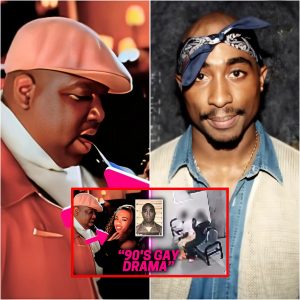
Recent speculation has hinted at the sexual orientation of The Notorious B.I.G., with rumors suggesting that a prominent figure in his iconic “Big Poppa” video might be a transgender woman. A deep dive into the scene reveals intriguing clues. This mystery woman, Shamika, appears not only in “Big Poppa” but also in several other videos for Bad Boy Records. Her presence in these prominent productions raises questions about Biggie’s awareness and acceptance of trans identities in an era when such topics were often stigmatized.
Critics argue the depiction of trans individuals in his work indicates a progressive outlook or perhaps a deeper connection to the LGBTQ+ community. Lyrics from his songs have also sparked debate, with some claiming they hint at bisexuality. DJ Academics noted that lyrics containing suggestive language could point toward Biggie’s fluid sexuality, including famous lines that evoke similar sentiments expressed by the late comedian Richard Pryor, who openly identified as bisexual.
The implications of these revelations compel listeners to reconsider Biggie’s legacy. His intimate relations with trans women could suggest an alternative narrative, one that challenges the norms of masculinity in hip-hop. With such a powerful persona, Biggie may have been navigating a complex reality, embracing love in its various forms while crafting a public facade that resonated with the quintessential gangster archetype.

However, the unraveling narrative does not end with Biggie. The infamous Tupac Shakur’s time in prison has also come under scrutiny, leading to controversial interpretations of his identity. Allegations circulated regarding his sexual orientation during his incarceration, leading some to believe that he had relationships with men. Tupac himself maintained a heterosexual identity, having been involved with several women throughout his life. Still, the framing of his persona as a “gangster womanizer” has caused many to speculate about his authenticity.
The focal point of the rumors surrounding Tupac stems from an alleged assault case involving a female fan. This incident drew mixed reactions and has been contested in the court of public opinion, with Tupac claiming the encounter was consensual. However, public perception quickly shifted, and he found himself at the center of a media storm, exposed to scrutiny about his character and integrity.
In a powerful response to the rumors perpetuated by the media, Tupac cautioned against the dangers of living a lie. He spoke about the societal pressures to conform to hypermasculinity and the toll it takes on one’s authenticity. His struggle resonates with many, reflecting the challenges faced by individuals navigating their identities within a rigid societal framework.
Furthermore, acquaintances from Tupac’s past have also weighed in on the nature of his relationships, including Kefi D, who suggested a deeper bond existed between Tupac and Diddy at some point. This perspective adds another layer to the complex dynamics of their interactions and the pressures they may have faced as icons in a genre that often shy away from exploring sexuality openly.
Interestingly, the connections between Biggie and Tupac also reveal a broader narrative about the hip-hop community’s engagement with LGBTQ+ issues. There exists a duality in their stories that reflects the broader cultural conversations around identity, love, and authenticity. Although both artists navigated public personas that celebrated traditional masculinity, their relationships hint at a more nuanced reality that deserves recognition.
As the dust settles on these revelations, the legacies of Biggie and Tupac are left in an interesting balance between myth and reality. Fans are left pondering the lives they led amid the glamour and grit of the rap industry. Were the narratives painted by their music truly reflective of their realities, or were they veils over the complexities inherent in their identities?
The ultimate questions linger: What does this say about the way society has framed their stories? And how might this understanding shift the way we perceive hip-hop culture’s growing embrace of diversity in identity? As new insights emerge, the discussion continues, leaving many eager to delve deeper into the truth behind these iconic figures’ lives and legacies. Share your thoughts on the exploration of Biggie and Tupac’s identities in the comments below!

